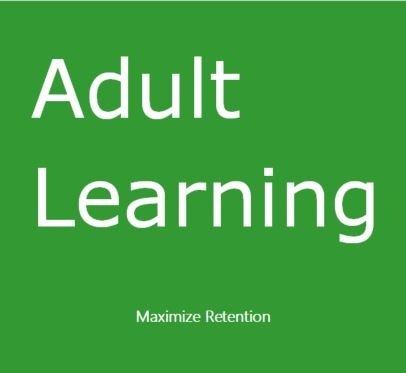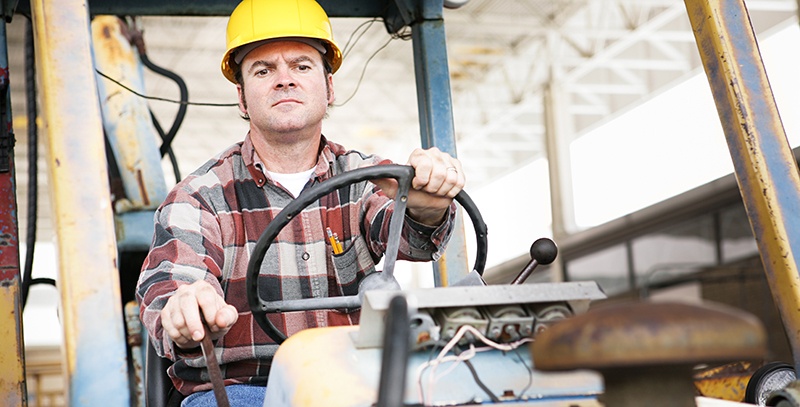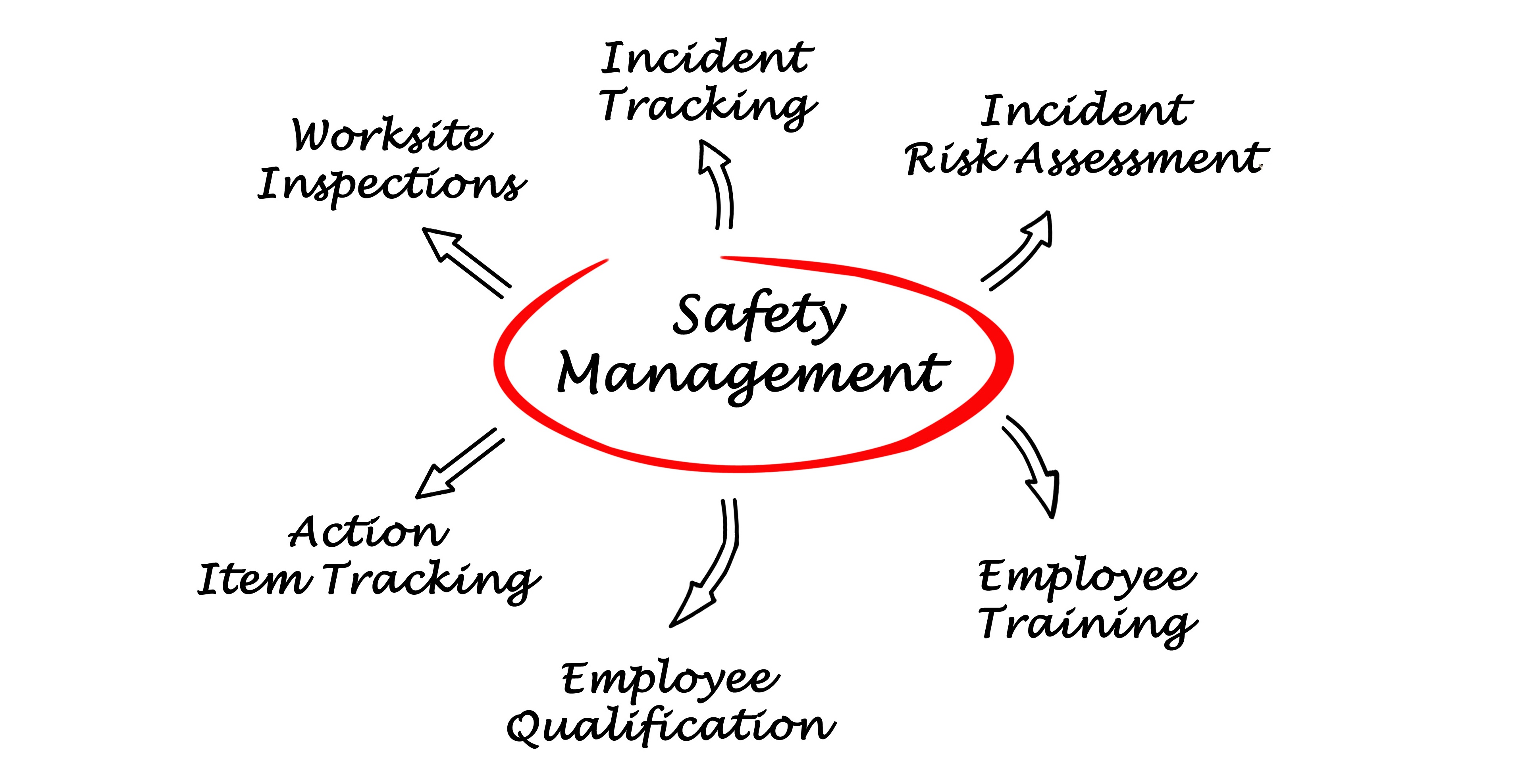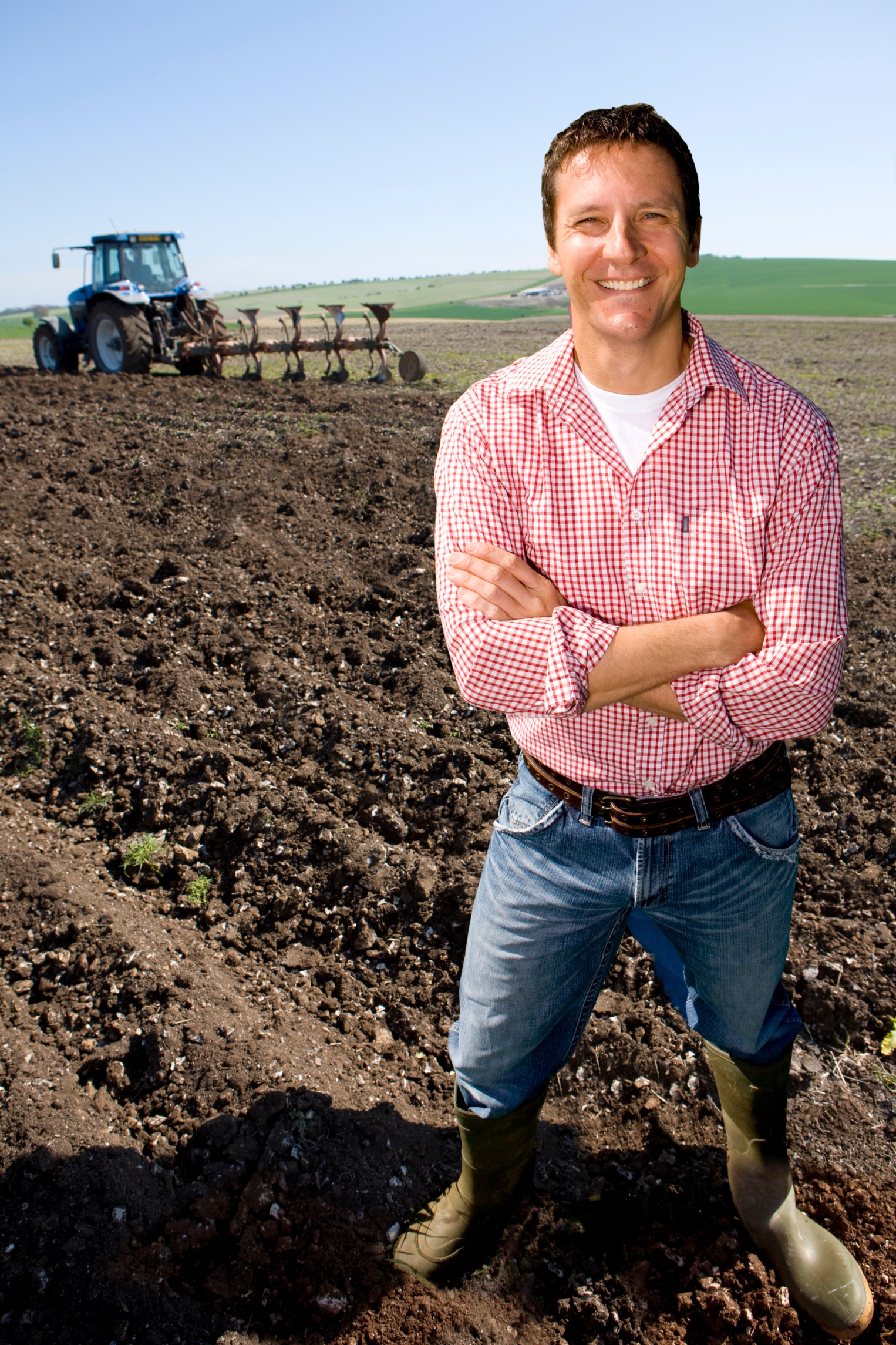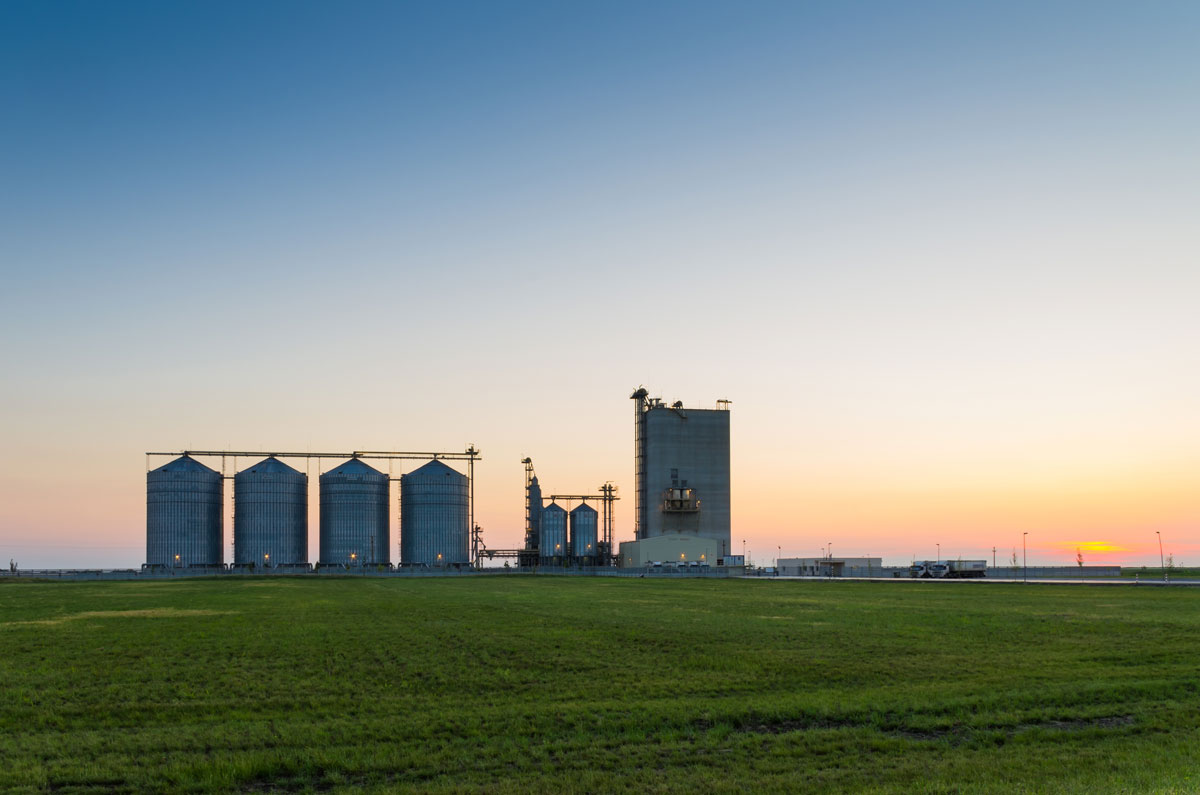Blended Learning refers to the use of a variety of training tools to maximize retention of the material. It may include a broad range of techniques including pre-knowledge assessments, performance goals, e-learning, live training, individual training, post-knowledge assessments and virtual or live coaching.
Topics: safety culture, safety training program
Running a Farm Safety Program: Getting Employee & Management Buy-In.
Your farm-safety program doesn’t have to be complicated, but, for it to work, everyone in the operation needs to buy into it. These seven steps will help you convince managers and employees to take ownership of the safety program and drive the safety agenda.
Topics: safety culture, safety training program, agriculture
Safety Meetings: How to Achieve Your Desired Safety Culture
You work tirelessly researching and studying OSHA's regulations and various training requirements to keep your farm safe. You study the Bradley Curve, and try to find ways to lower your farm's DART rating. And nobody knows better than you about how to find fantastic information about creating and fostering a safety culture in the workplace.
Topics: safety culture
Running an agriculture operation is hard work. It’s also dangerous work. Every year agriculture finds itself at the top of the list of the ten most dangerous industries in the United States. Little wonder, then, that OSHA has started paying more attention to farms, feedlots, dairies, and other ag operations. And with the cost of OSHA citations increasing, farmers and ranchers simply can’t afford to let unsafe operating practices go overlooked.
Topics: safety director, safety culture, safety training program
Agriculture is a dangerous industry. Fortunately, there are lots of ways to make it safer. Below are a few examples of good practices that will make your operation safer.
Topics: safety culture, agriculture
Regular safety meetings play an important role in communicating your company’s safety program information. They are a vital means of providing training for your employees about their workplace hazards and expected safe work habits. Safety meetings are also a great way to provide a quick refresher of previous training and reinforce the safety culture of your operation.
Topics: safety culture, safety training program, agriculture
Agriculture is a dangerous industry. Fortunately, there are lots of ways to make it safer. Below are a few examples of good practices that will make your operation safer.
Topics: safety culture, agriculture
Running a Farm Safety Program: Getting Employee & Management Buy-In.
Your farm-safety program doesn’t have to be complicated, but, for it to work, everyone in the operation needs to buy into it. These seven steps will help you convince managers and employees to take ownership of the safety program and drive the safety agenda.
Topics: safety culture, safety training program, agriculture
Safety Meetings on the Farm: How to Achieve a Safety Culture
You work tirelessly researching and studying OSHA's regulations and various training requirements to keep your farm safe. You study the Bradley Curve, and try to find ways to lower your farm's DART rating. And nobody knows better than you about how to find fantastic information about creating and fostering a safety culture in the workplace.
Topics: safety culture
Running an agriculture operation is hard work. It’s also dangerous work. Every year agriculture finds itself at the top of the list of the ten most dangerous industries in the United States. Little wonder, then, that OSHA has started paying more attention to farms, feedlots, dairies, and other ag operations. And with the cost of OSHA citations increasing, farmers and ranchers simply can’t afford to let unsafe operating practices go overlooked.
Topics: safety director, safety culture, safety training program

